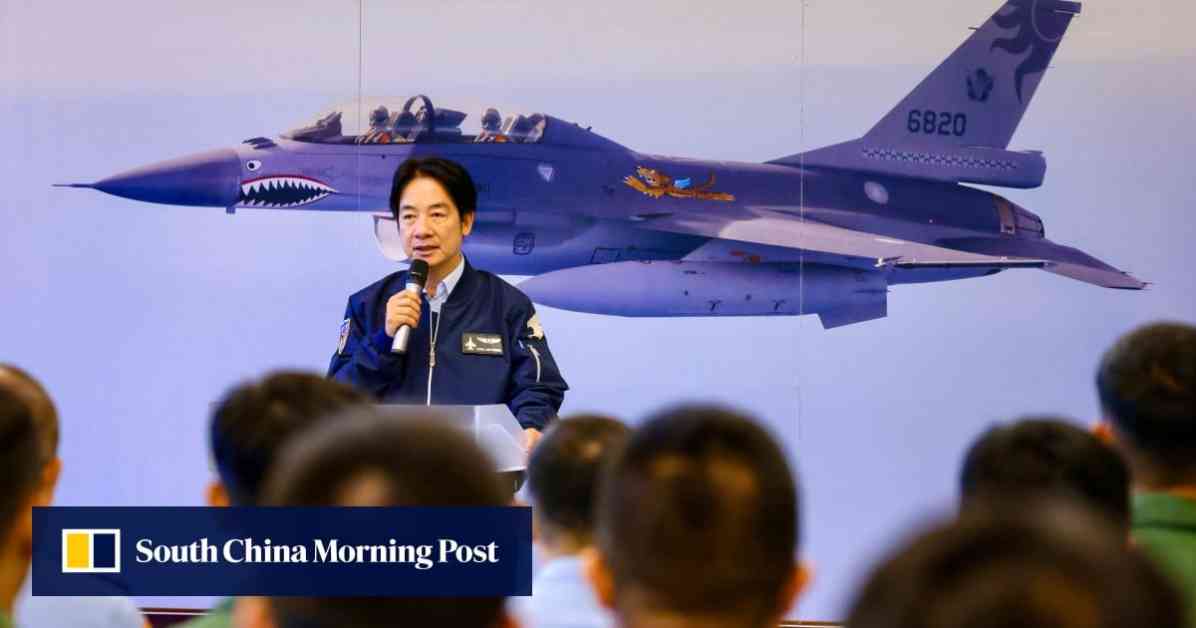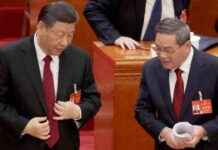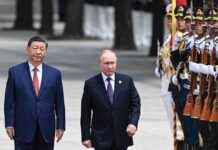Taiwan’s Defense Spending Plan: Navigating US Relations
Taiwan’s recent decision to elevate defense spending to a minimum of 3 percent of its gross domestic product in alignment with US expectations has sparked debates over practicality and potential implications on other governmental allocations. The announcement, made by Taiwan’s leader William Lai Ching-te on February 14 following a crucial security meeting, aims to demonstrate the island’s commitment to self-defense amid escalating tensions with the United States.
Challenges and Controversies Surrounding Defense Spending Increase
The proposed surge in defense budget allocation has triggered concerns regarding its feasibility and impact on other sectors of the government. As Taiwan strives to meet President Donald Trump’s demands, questions arise about whether this financial adjustment will be adequate to appease the US administration. The move comes in response to Trump’s recent threats of imposing higher tariffs on Taiwan’s semiconductor products, accusing the island of siphoning business away from the United States.
Experts weigh in on the potential challenges that Taiwan may face in channeling a significant portion of its GDP towards defense spending. While the island seeks to bolster its military capabilities and assert its sovereignty, the financial strain on other critical areas of governance remains a pressing issue. The delicate balance between meeting US expectations and maintaining domestic stability poses a complex dilemma for Taiwanese policymakers.
Amidst escalating trade tensions and geopolitical uncertainties, Taiwan finds itself at a critical juncture where strategic decisions hold far-reaching consequences. The island’s trade surplus with the United States reached a historic high of US$64.88 billion last year, underscoring the significance of trade dynamics in shaping bilateral relations. With Trump’s emphasis on rectifying trade imbalances and safeguarding American interests, Taiwan confronts the challenge of navigating a delicate diplomatic terrain while safeguarding its economic prosperity.
Strategic Implications for US-Taiwan Relations
The escalating rhetoric from the US administration underscores the strategic significance of Taiwan’s defense spending plan in shaping bilateral relations. As Taiwan seeks to fortify its security apparatus and enhance its military readiness, the island faces mounting pressure to align with US strategic objectives. The imperative to demonstrate resolve in the face of external threats while fostering stable ties with key trade partners underscores the multifaceted nature of Taiwan’s policy calculus.
Expert analysis suggests that Taiwan’s defense spending increase reflects a broader realignment of regional security dynamics and power projection in the Indo-Pacific region. The island’s efforts to bolster its defense capabilities not only signal a commitment to preserving its sovereignty but also underscore a strategic imperative to enhance deterrence against potential adversaries. The evolving security landscape in the Asia-Pacific region underscores the critical role that Taiwan plays in shaping regional stability and security.
As Taiwan navigates the complexities of international relations and security dynamics, the island’s defense spending plan represents a pivotal step towards safeguarding its national interests and fortifying its strategic position in the region. The delicate balance between military preparedness, economic vitality, and diplomatic engagement underscores the intricate web of challenges that Taiwan faces in navigating the evolving geopolitical landscape. By prioritizing defense spending to meet US expectations, Taiwan seeks to underscore its commitment to regional security while navigating the complexities of global power dynamics.


























